Tubo de evaporación mejorado | tubería de evaporación mejorada
VIEW MORE+- Entendamos la cabeza de forja
- La estructura de los intercambiadores de calor y las partes principales de la carcasa y el tubo
- Tubo de aleta LL-Foot Vs L-Foot Finned Tube
- ¿Cuál es el tipo de proceso para las bobinas de tubo helicoidal?
- Conocimiento de acero inoxidable dúplex
- Introducir el tubo de caldera ASTM A209/ASME SA209 T1
- Función y aplicación de radiadores de tipo FIN
- ¿Cuáles son los efectos de las zonas afectadas por el calor en los tubos aletas?
- ¿Qué causa las zonas afectadas por el calor?
- ¿Cuál es la zona afectada por el calor (HAZ) en los tubos aletas?
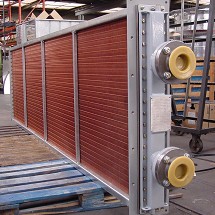
Tubos de aleta intercambiadores de calor | intercambiadores de calor enfriados por aire
¿Qué son los intercambiadores de calor de tubos con aletas? Los intercambiadores de calor de tubos con aletas son un tipo de intercambiador de calor que utiliza tubos con aletas para aumentar la superficie de transferencia de calor entre los dos fluidos o gases que se utilizan para transferir calor.
¿Qué son los intercambiadores de calor de tubos con aletas?
Los intercambiadores de calor de tubos con aletas son un tipo de intercambiador de calor que utiliza tubos con aletas para aumentar la superficie de transferencia de calor entre los dos fluidos o gases que se utilizan para transferir calor. Las aletas de los tubos aumentan el coeficiente de transferencia de calor y promueven la turbulencia en el flujo de fluido, lo que permite una mayor eficiencia de transferencia de calor.
Los intercambiadores de calor de tubos con aletas se utilizan comúnmente en aplicaciones donde un fluido o gas está a una temperatura mucho más alta que el otro, como en aire acondicionado, refrigeración y generación de energía. También se utilizan en procesos industriales que implican calentar o enfriar líquidos o gases, como en las industrias química, petroquímica y de procesamiento de alimentos.
Existen varios tipos de intercambiadores de calor de tubos con aletas, incluidos diseños de flujo cruzado, contraflujo y flujo paralelo. La elección del diseño depende de la aplicación específica y de las características de transferencia de calor deseadas. Otros factores que pueden influir en el diseño de un intercambiador de calor de tubos con aletas incluyen las propiedades del fluido, los caudales, los requisitos de caída de presión y las limitaciones de espacio.
Aplicación de intercambiadores de calor de tubos con aletas.
Los intercambiadores de calor de tubos con aletas encuentran aplicaciones en una amplia gama de industrias y procesos que requieren una transferencia de calor eficiente entre dos fluidos o gases. Algunas aplicaciones comunes de los intercambiadores de calor de tubos con aletas incluyen:
1. Sistemas HVAC (calefacción, ventilación y aire acondicionado): los intercambiadores de calor de tubos con aletas se utilizan comúnmente en sistemas de aire acondicionado y refrigeración para transferir calor entre el refrigerante y el aire.
2. Power generation - Finned tube heat exchangers are used in power plants to transfer heat between the steam and water circuits, as well as between the combustion gases and the water/steam circuit.
3. Chemical and petrochemical industries - Finned tube heat exchangers are used for process heating and cooling, and for condensation and evaporation of fluids in the chemical and petrochemical industries.
4. Food and beverage industries - Finned tube heat exchangers are used for pasteurization and sterilization of food and beverage products, and for heating and cooling of process fluids.
5. Oil and gas industries - Finned tube heat exchangers are used in oil refineries and natural gas processing plants for heat transfer between fluids, as well as for air cooling of compressor discharge air.
6. Waste heat recovery - Finned tube heat exchangers are used to recover waste heat from industrial processes, such as exhaust gases from engines, furnaces, and boilers, and to transfer this heat to other fluids or gases for further use.
Overall, finned tube heat exchangers are versatile and efficient heat transfer devices that find applications in a wide range of industries and processes.
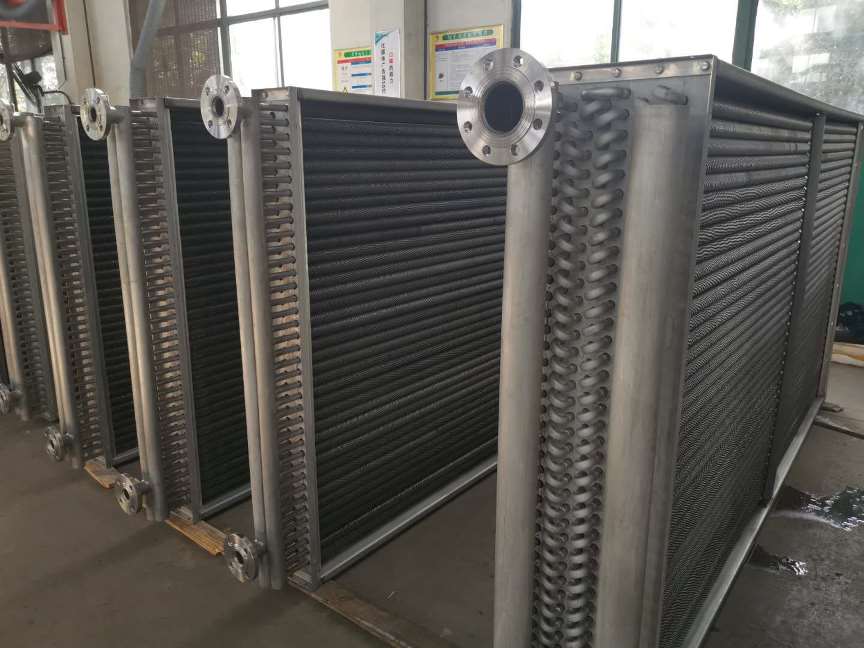
How to manufacture finned tubes heat exchangers?
Finned tube heat exchangers consist of a bundle of tubes that are typically made of copper, aluminum, or stainless steel. These tubes are equipped with fins that increase the surface area available for heat transfer. The fins are usually made of the same material as the tubes, but they may also be made of a different material, such as brass or carbon steel.
The construction of finned tube heat exchangers typically involves the following steps:
1. Tube selection - The tubes are selected based on the specific application requirements, such as fluid properties, temperature, pressure, and corrosion resistance.
2. Finning - The tubes are then finned using a finning machine. The finning process involves wrapping a continuous strip of metal around the tube, which is then spirally wound to create the fins.
3. Tube bundling - The finned tubes are bundled together using a tube sheet or header. The tube sheet/header provides a support structure for the tubes and ensures proper alignment.
4. Assembly - The tube bundle is assembled into a shell or casing, which contains the fluid or gas being heated or cooled. The shell may have baffles or other flow control devices to promote efficient heat transfer.
5. Insulation - The heat exchanger may be insulated to reduce heat loss or to prevent condensation.
6. Accessories - The heat exchanger may be equipped with various accessories, such as temperature sensors, pressure gauges, and valves, depending on the specific application requirements.
The design and construction of finned tube heat exchangers may vary depending on the specific application requirements, and various factors such as tube material, fin design, and assembly method may be optimized to achieve the desired heat transfer efficiency and performance.
Whats the finned tube type for finned tubes heat exchangers?
Finned tube heat exchangers can be classified into different types based on the type of fins used on the tubes. Some common types of finned tubes used in heat exchangers include:
1. Plain finned tubes - These are the simplest type of finned tubes, where the fins are flat and straight. They provide basic heat transfer enhancement and are commonly used in low-temperature applications.
2. Integral finned tubes - These are also known as extruded finned tubes, where the fins are integral with the tube material and are formed by extrusion. These fins have a higher heat transfer coefficient than plain fins and are suitable for higher-temperature applications.
3. Serrated finned tubes - These fins have a saw-toothed shape that increases the turbulence of the fluid flow and improves the heat transfer rate. They are commonly used in high-temperature applications.
4. Helical finned tubes - These fins are formed by wrapping a continuous strip of material around the tube in a helical pattern. They provide high heat transfer coefficients and are commonly used in air-cooled heat exchangers.
5. H-type finned tubes - These fins have a rectangular shape and are welded onto the surface of the tube in a staggered pattern. They provide high heat transfer coefficients and are commonly used in gas-to-liquid heat exchangers.
The selection of finned tube type depends on various factors, such as the operating temperature and pressure, fluid properties, and desired heat transfer rate. The type of fins used can greatly impact the heat transfer performance and efficiency of the heat exchanger.
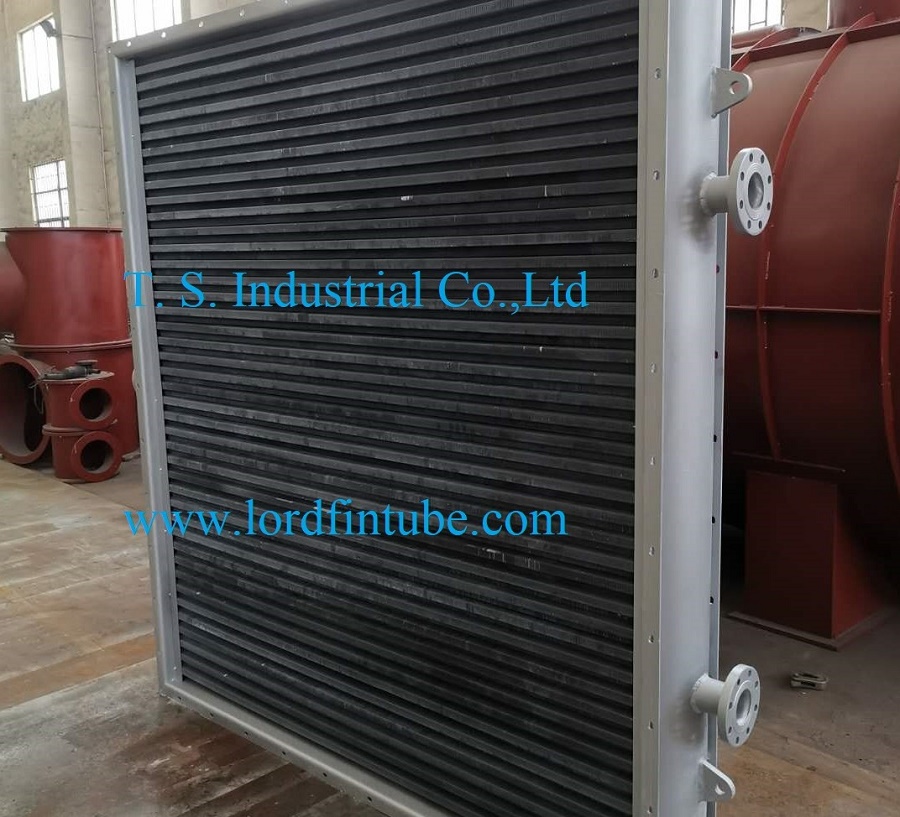
The finned tubes heat Exchangers technical data
The data for finned tube heat exchangers can vary widely depending on the specific application, design, and operating conditions. Some common data points that are typically considered when designing or selecting a finned tube heat exchanger include:
1. Heat transfer coefficient - This is a measure of the rate at which heat is transferred from one fluid to another in the heat exchanger. The heat transfer coefficient depends on factors such as the fluid properties, flow rate, and geometry of the heat exchanger.
2. Overall heat transfer coefficient (U) - This is a measure of the total heat transfer rate in the heat exchanger, taking into account both the inside and outside heat transfer coefficients and the wall resistance.
3. Surface area - This is the total surface area of the finned tubes in the heat exchanger, which is directly related to the heat transfer rate.
4. Flow rate - This is the rate at which the fluid is flowing through the heat exchanger, which affects the heat transfer rate and pressure drop.
5. Pressure drop - This is the pressure difference between the inlet and outlet of the heat exchanger, which is a function of the flow rate, fluid properties, and geometry of the heat exchanger.
6. Tube diameter and length - These are the dimensions of the tubes in the heat exchanger, which affect the heat transfer rate and pressure drop.
7. Fin geometry - This includes parameters such as fin thickness, fin height, and fin spacing, which affect the heat transfer rate and pressure drop.
8. Material properties - This includes properties such as thermal conductivity, density, and specific heat, which affect the heat transfer rate and overall performance of the heat exchanger.
9. Design temperature and pressure - These are the maximum operating temperature and pressure that the heat exchanger is designed to withstand.
The specific data for a finned tube heat exchanger would depend on the specific application and design. These data points are typically used to calculate the performance and efficiency of the heat exchanger and ensure that it meets the desired requirements for the application.
Finned tubes heat exchangers manufacture standard
The manufacture standards for finned tube heat exchangers can vary depending on the specific application and industry. Some common manufacturing standards used for finned tube heat exchangers include:
1. ASME Boiler and Pressure Vessel Code - This is a set of standards developed by the American Society of Mechanical Engineers (ASME) for the design, construction, and inspection of pressure vessels and boilers.
2. EN 13445 - This is a European standard for the design and manufacture of pressure vessels and heat exchangers.
3. API 660 - This is a standard developed by the American Petroleum Institute (API) for the design and manufacture of shell-and-tube heat exchangers for the petroleum, petrochemical, and natural gas industries.
4. TEMA - This is a set of standards developed by the Tubular Exchanger Manufacturers Association (TEMA) for the design and manufacture of shell-and-tube heat exchangers.
5. ISO 9001 - This is a set of quality management standards developed by the International Organization for Standardization (ISO) that apply to the design, development, production, installation, and servicing of products.
6. ASTM - This is a set of standards developed by the American Society for Testing and Materials (ASTM) that cover a wide range of materials, products, and services.
Manufacturing standards are important for ensuring the quality, safety, and reliability of finned tube heat exchangers. By following these standards, manufacturers can ensure that their products meet the necessary requirements for their intended application and can provide consistent performance over time.
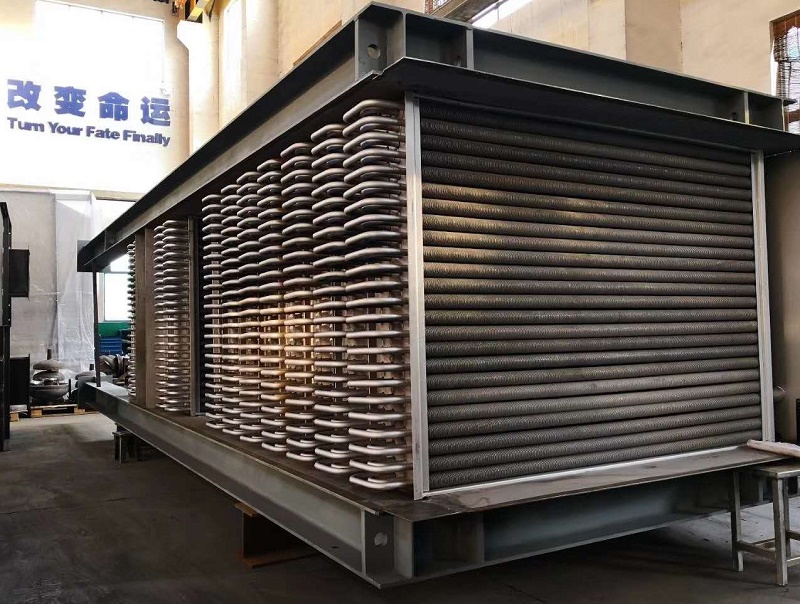
Finned tubes heat exchangers
-
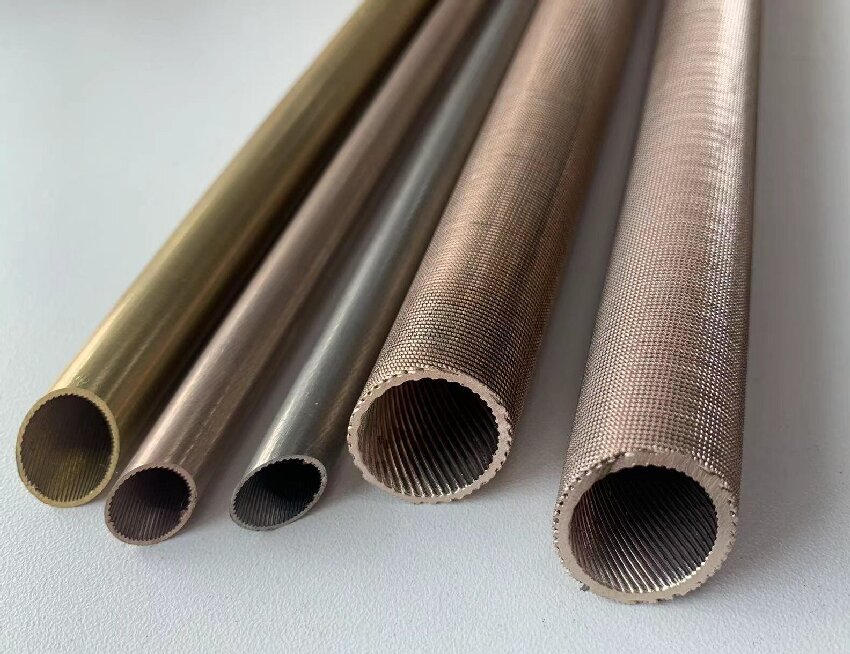
-
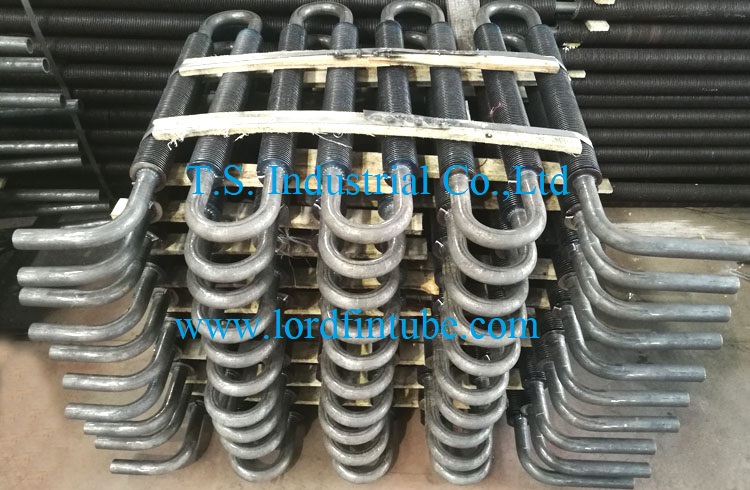
Tubos de aleta serpentina | Tubos de aleta de curvatura
VIEW MORE+ -
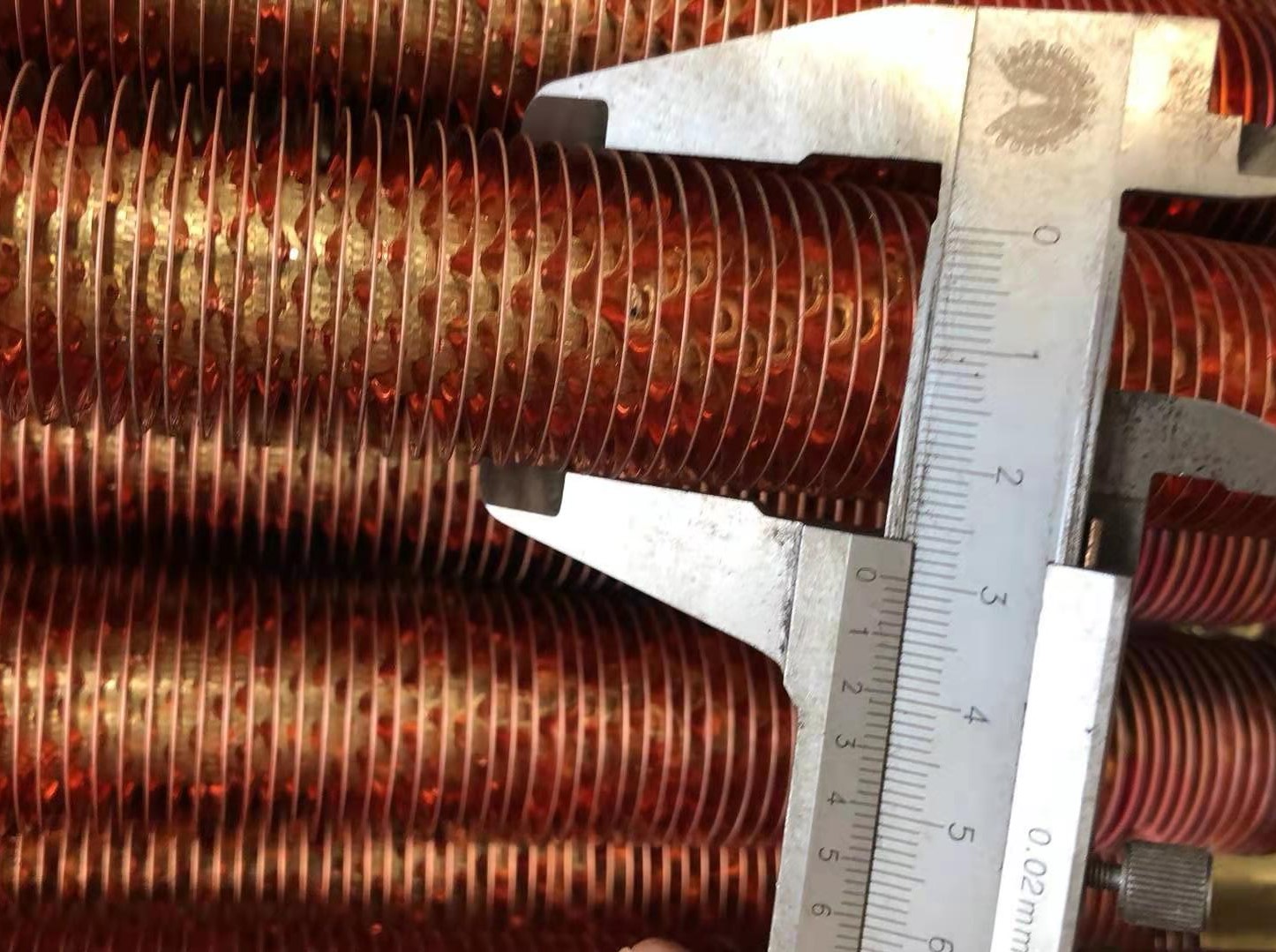
Tubos de aleta de tensión de borde | Tubos de aleta envuelto
VIEW MORE+
请输入搜索关键字
确定



